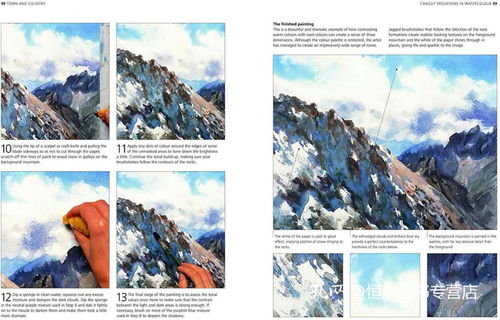Content:
Winter fishing for carp and eels can be a challenging yet rewarding experience for anglers. The colder months often bring about unique challenges and require a different approach to fishing. In this article, we will delve into the essential techniques for successfully targeting carp and eels during the winter season.
Understanding Winter Fish Behavior
Before we dive into the specifics of fishing techniques, it's crucial to understand how carp and eels behave during the winter. Both species tend to become less active and move to deeper waters where the temperature is more stable. Carp, in particular, may become more solitary and less likely to feed as frequently as they do during warmer months.
Choosing the Right Equipment
The first step in winter fishing for carp and eels is to ensure you have the right equipment. Here are some key pieces of gear to consider:
Reel and Line: A quality reel with a smooth drag system is essential. For carp, a medium to heavy-duty spinning or baitcasting reel is ideal. As for line, a fluorocarbon line with a low visibility is recommended, as it is less likely to freeze and offers better sensitivity.
Rod: A rod that is slightly heavier than what you would use in the summer can help you feel the subtle bites of carp and eels in colder water.
Bait: In winter, live bait such as worms, maggots, or small fish can be more effective than artificial lures. Ensure your bait is fresh and well-cared for.
Winter Clothing: Dressing appropriately is crucial for comfort and safety. Wear thermal layers, a waterproof jacket, and insulated boots to protect yourself from the cold.
Locating the Fish
Carp and eels are often found in deeper waters during the winter. Here are some tips for locating them:
Deeper Waters: Look for areas where the water is deeper, such as the edges of weed beds, drop-offs, or submerged structures.
Structure: Structures like fallen trees, rocks, or bridges can provide shelter for fish and are often good spots to fish.
Water Temperature: Carp and eels tend to congregate in areas where the water temperature is more stable. Look for areas with a consistent water flow or natural temperature regulation.
Fishing Techniques
Once you've located potential spots, here are some fishing techniques to try:
Bottom Baiting: This involves placing your bait on the bottom of the lake or river. It's a simple technique that can be effective for both carp and eels.

Free-Lining: For eels, free-lining can be a productive method. Attach your bait to the line and let it drift naturally. This mimicry can attract eels that are less active.
Dead Baiting: For carp, using dead bait can be more effective than live bait during the winter. The scent of the dead bait can travel further and attract more fish.
Rigging: For bottom baiting, a simple rig with a swivel and a hook can be effective. For free-lining, a straight-line rig with a leader can be more subtle.
Patience: Winter fishing requires patience. Fish may be less active, so it's important to wait for the right moment to strike.
Seasonal Considerations
Keep in mind that the specific techniques may vary depending on the season within the winter months. For example, during the early winter, the water may still be relatively warm, and fish may be more active. As the season progresses and temperatures drop, fish will become more sedentary, and you may need to adjust your tactics accordingly.
Safety First
Lastly, always prioritize safety when winter fishing. Dress appropriately, be aware of the weather conditions, and inform someone of your fishing plans. If you're ice fishing, ensure the ice is thick enough to support your weight and always carry safety gear, such as a life jacket and an ice pick.
In conclusion, winter fishing for carp and eels requires a different set of skills and techniques. By understanding the behavior of these fish, choosing the right equipment, and employing effective fishing methods, you can increase your chances of success. Remember to dress warmly, be patient, and prioritize safety, and you'll be well on your way to a successful winter fishing adventure.












